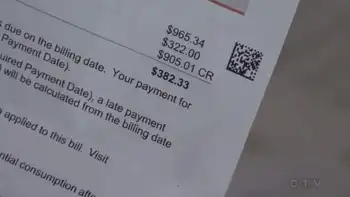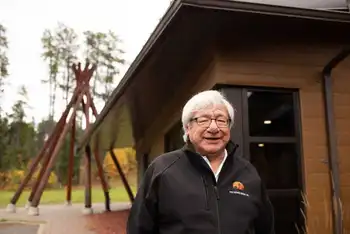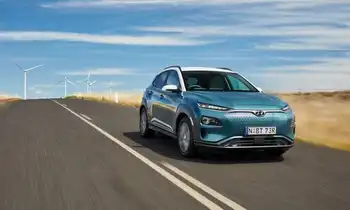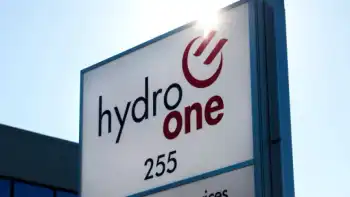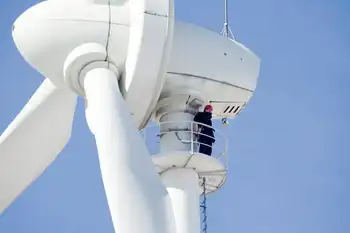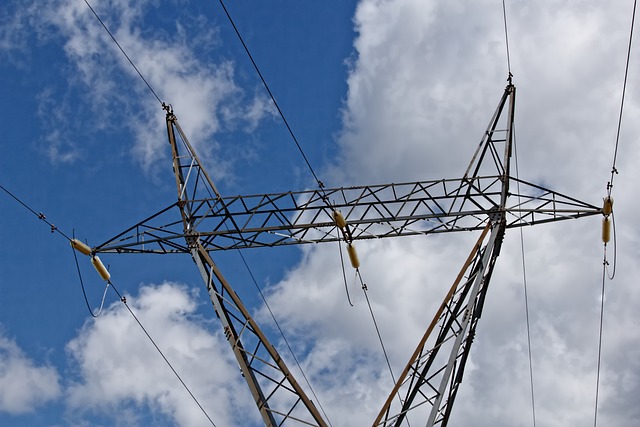Utility finds foes to renewable energy line plan
By Associated Press
Substation Relay Protection Training
Our customized live online or in‑person group training can be delivered to your staff at your location.

- Live Online
- 12 hours Instructor-led
- Group Training Available
Yet San Diego Gas & Electric Co. and its potential partners face fierce opposition because the plan also calls for a 150-mile, high-voltage transmission line that would cut through pristine parkland to reach the nation's eighth-largest city.
The showdown over how to get renewable energy to consumers will likely play out elsewhere around the country as well, as state regulators require electric utilities to rely less on coal and natural gas to fire their plants — the biggest source of carbon dioxide emissions in the U.S.
Providers of renewable power covet cheap land and abundant sunshine and wind in places like west Texas, Montana, Wyoming and California's Mojave Desert and Imperial Valley. But utility executives say no one will build plants without power lines to connect those remote spots to big cities.
"This is a classic chicken and the egg," said Mike Niggli, chief operating officer of Sempra Energy's utilities business, which includes SDG&E. "No one can develop a project if they can't send (the electricity) anywhere. You need transmission."
SDG&E's $1.5-billion power line would cut 23 miles through the middle of Anza-Borrego Desert State Park, a spot known for its hiking trails, wildflowers, palm groves, cacti and spectacular mountain views.
"This transmission line will cross through some of the most scenic areas of San Diego," said David Hogan of the Center for Biological Diversity. "It would just ruin it with giant, metal industrial power lines."
Environmentalists are pushing for renewable power to be generated closer to heavily populated areas, rather than brought in from distant sites. They point to Southern California Edison's ambitious plan for solar panels on Los Angeles-area rooftops as an example of a better approach.
Utilities say the roof panels will help but won't produce nearly enough power to satisfy state requirements.
The California Public Utilities Commission is scheduled to vote as soon as August on SDG&E's proposed Sunrise Powerlink, which would carry enough power for about 750,000 homes — or more than half of the utility's customers.
Regulators in 29 states and the District of Columbia are forcing utilities to boost the use of renewable energy to run electric plants.
California has been among the most aggressive, with the state's three investor-owned utilities required to get 20 percent of power from renewables by the end of 2010.
Gov. Arnold Schwarzenegger wants to reach 33 percent by 2020.
SDG&E, with 1.4 million customers, is California's laggard, getting just 6 percent of its power from renewables. PG&E Corp.'s Pacific Gas and Electric, with 5.1 million customers, gets 12 percent. Edison International's Southern California Edison, with 4.8 million customers, gets 16 percent.
Nationwide, utilities get only 2 percent of electricity from renewables, said Jone-Linn Wang, managing director of the global power group at Cambridge Energy Research Associates.
Edison hopes to draw more on solar and wind power by building a transmission line from the Mojave Desert to the Los Angeles area.
"It's a trade-off," said Stuart Hemphill, Edison's vice president for renewable and alternative power. "Clean energy perhaps requires building infrastructure in potentially sensitive areas. There's no way around it."
SDG&E's proposed route through Anza-Borrego, California's largest state park, ranked second worst among seven possible routes studied by state and federal regulators for environmental damage.
The plan calls for 141 towers through the park at an average height of 130 feet. The entire route would include 554 towers from the wind-swept desert of the Imperial Valley to a site near the Pacific Ocean in San Diego.
SDG&E would build the power line but buy the juice from a host of generating companies whose proposed plants harness energy from the sun, wind and underground heat.
The most ambitious generation project relies on a commercially untested technology for a gigantic solar plant.
Stirling Energy Systems Inc., a Phoenix startup, wants to build 12,000 solar dishes, each four stories tall, near El Centro, about 100 miles east of San Diego.
Stirling says a $100 million investment from NTR PLC, an Irish energy holding company, will pay for permits and design work, with construction to begin by the end of 2009. Bruce Osborn, Stirling's chief operating officer, estimates the plant itself will cost about $400 million.
That plant would initially feed into an existing power line and provide enough electricity for more than 200,000 homes, Osborn said. Stirling, however, would need more transmission capacity to pursue plans to triple the size of the plant, he said.
The technology relies on mirrored dishes collecting sunlight to heat gas and drive the cylinders of an engine. It has been tested on six solar dishes in New Mexico but now would move to mass production — drawing plenty of skepticism from environmentalists.
"It's what we call new product introduction," responds Osborn, a former project manager at Ford Motor Co. "Everyone who builds a widget does the same thing. This is a big widget."
Even without Stirling, SDG&E has other, traditional renewable power generators knocking on its door with deals to provide power — far more than the utility could accommodate, Niggli said.
Environmentalists have dueled for years with SDG&E's parent company, Sempra Energy, over operations just south of the border in Mexico that help supply power to the western U.S.
Critics claim Sempra built the plants in Mexico to skirt more rigorous environmental reviews in the U.S. They suggest SDG&E's proposed power line, which would start near the Mexican border, is part of a disguised effort to get electricity into the U.S. from Mexico, where Sempra has an electricity plant and the first liquefied natural gas terminal on the West Coast.
SDG&E dismisses those claims as a conspiracy theory.
"It's like the myth that won't die," Niggli said.





